What Are “Chika Idols”? The Raw Reality of Japan’s Ultra-Close Idol Scene
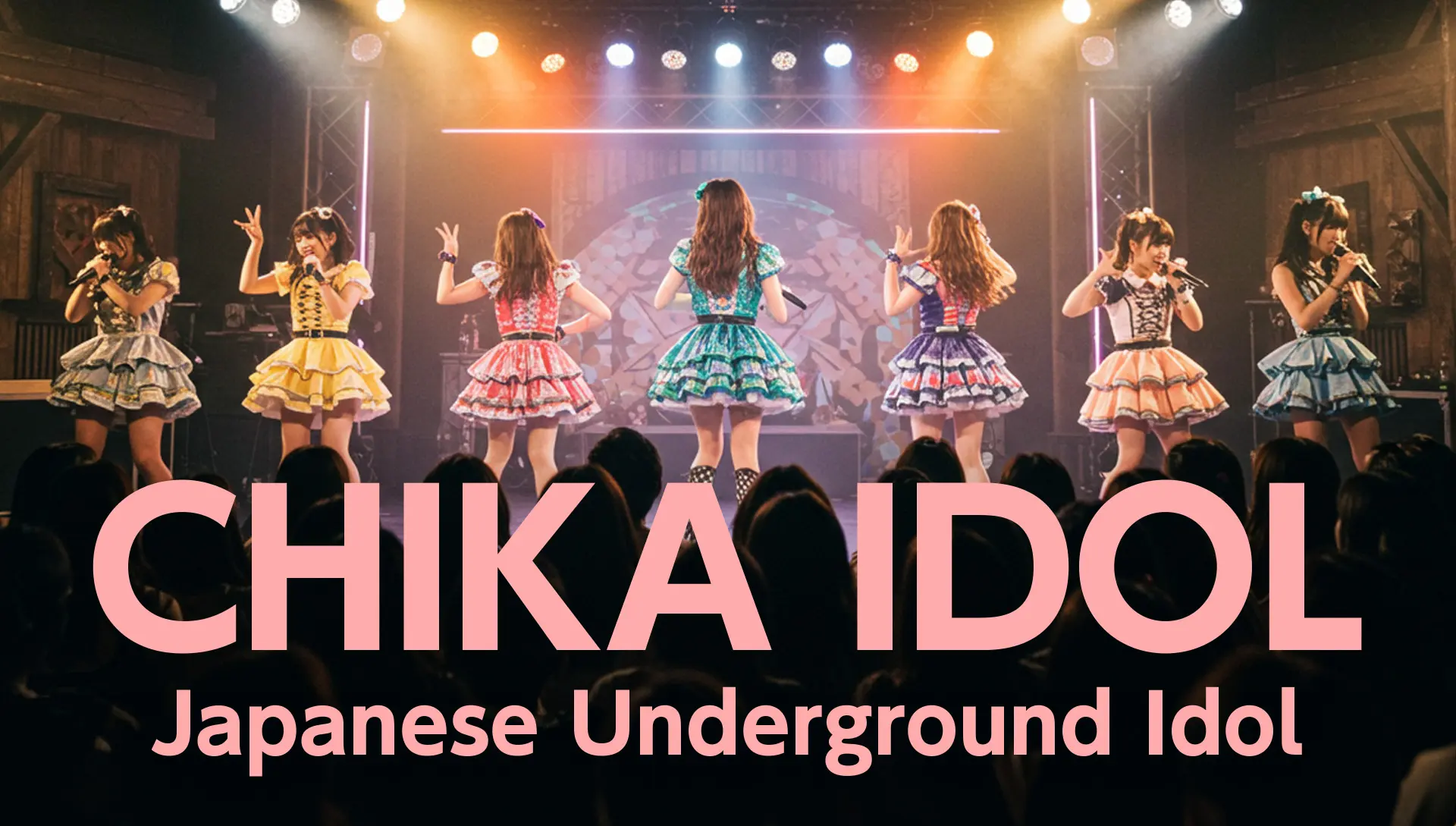
They Sing Anyway|Inside the Real Lives of Chika Idols
When you hear “idol,” you probably picture glittering stars on massive stages, dazzling lights, and thunderous cheers echoing through stadiums.
But in the shadow of that glittering world exists a completely different stage—where idols perform not for tens of thousands, but sometimes for just a handful.
Welcome to the world of chika idols (literally “underground idols”).
In Japan, “chika idols” typically refers to independent female idols who operate outside of major entertainment labels. They mainly perform in small live venues like clubs, and their activities revolve around intimate, face-to-face interactions with fans.
No flashy PR campaigns. No big production budgets.
Just raw passion, sheer effort, and a brutal reality where every cheki photo, every follower, every retweet can make or break a career.
And yet—they sing, they smile, they cry.
They live their “now” with everything they’ve got.
This article isn’t a tearjerker or a hype piece. It’s a direct look into the true face of chika idol culture.
Because even if the stage is small and the lights are few, what shines there… is real.
Cheki Culture: Where Support Becomes Survival
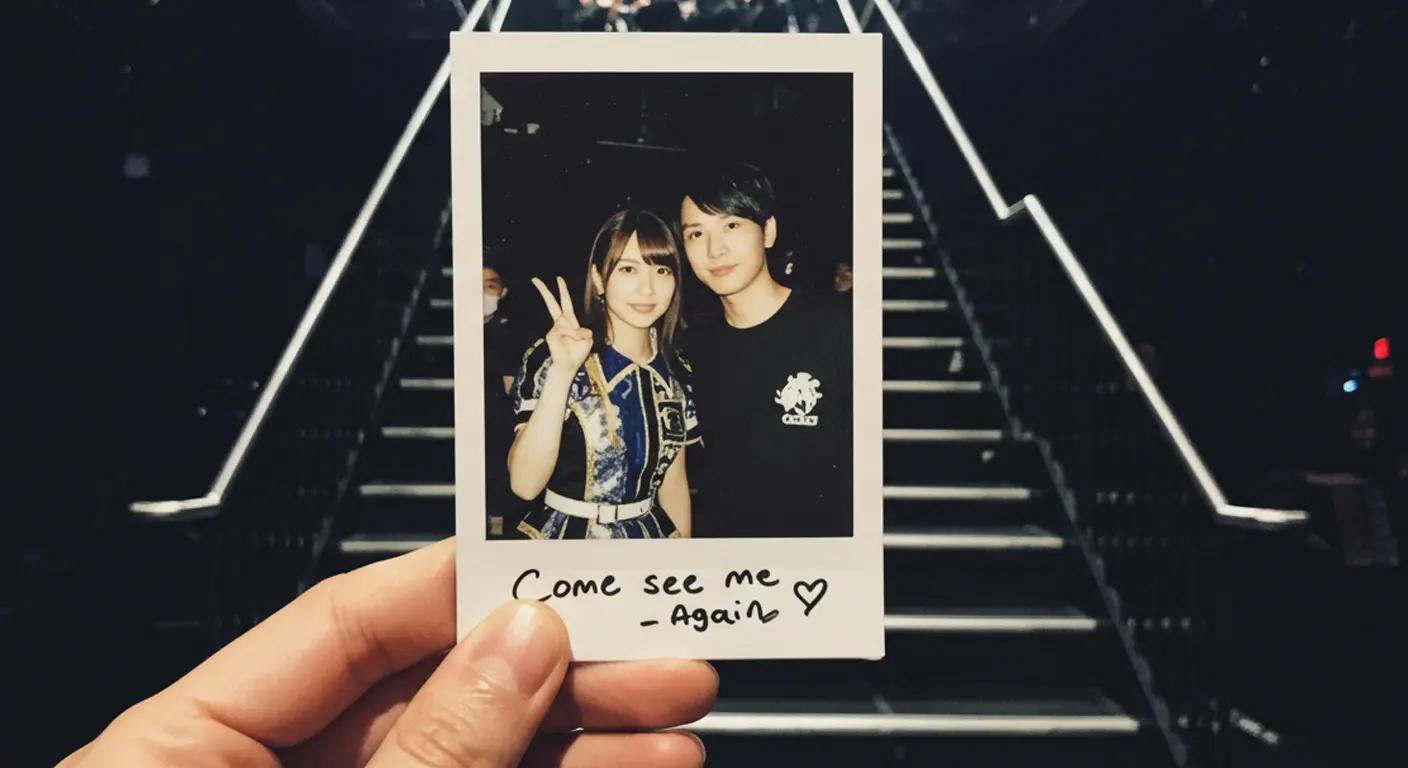
One of the defining features of the chika idol world is the unbelievably close connection between idols and their fans. After each show, there's a “buppan” (merch session) or “tokutenkai” (special event), where fans can take cheki (instant photo) two-shots with the idol or chat briefly.
This cheki system is the lifeblood of the underground scene. Each photo usually costs around ¥1,000–¥2,000, often bundled with a short conversation.
But it’s far more than a keepsake.
Cheki sales help cover everything—venue costs, transportation, even outfits. It's literally how idols keep their careers afloat.
Fans who truly want to support their oshi (favorite idol) often buy the same pose over and over.
It’s financial support, yes—but also a way of saying, “I’ll help keep your dream alive.”
“Zero Distance” Idol Experience
Japan’s chika scene takes closeness to the next level with ultra-intimate cheki options. Some of the more unique poses include:
- Back-Hug Cheki – the idol poses behind the fan in a hug
- Hug Cheki – front-facing embrace style
- Princess Carry Cheki – idol lifts fan or vice versa in a princess-carry pose
- Finger Kiss Cheki – fingertips near the mouth in a flirtatious gesture
This is worlds apart from most Western idol experiences—it's pure, unfiltered, zero-distance intimacy that defines Japan’s underground idol landscape.
【Controversial】“Finger Kiss” Cheki Out of Control / momograci & Jumimi Shigaki Official Channel
The Underside of the Underground: Where Desire Meets Sincerity
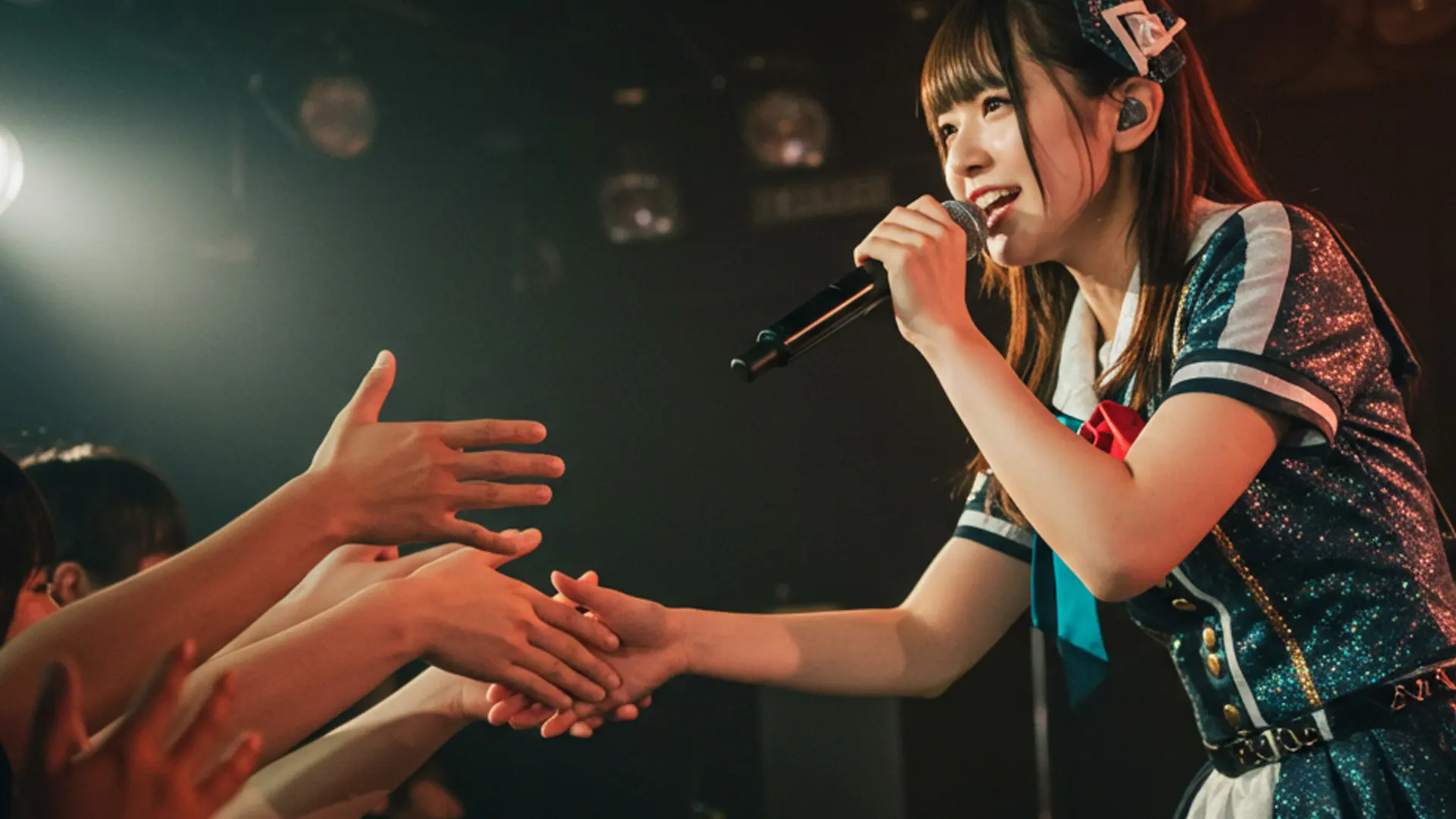
In the chika idol scene, it’s not just about the performer. Fans, managers, staff—everyone is fully exposed in this raw, unfiltered space.
“The fans keep me going” is a common phrase—but it also means that without them, the dream ends.
Followers, cheki numbers, reply ratios—these all serve as metrics of worth. In this world, numbers speak louder than anything else.
There’s no room for lies—sincerity and desire are all out on stage.
And yet, day after day, they step up.
Hoping someone will show up—just for them.
The Dark Side of the Spotlight
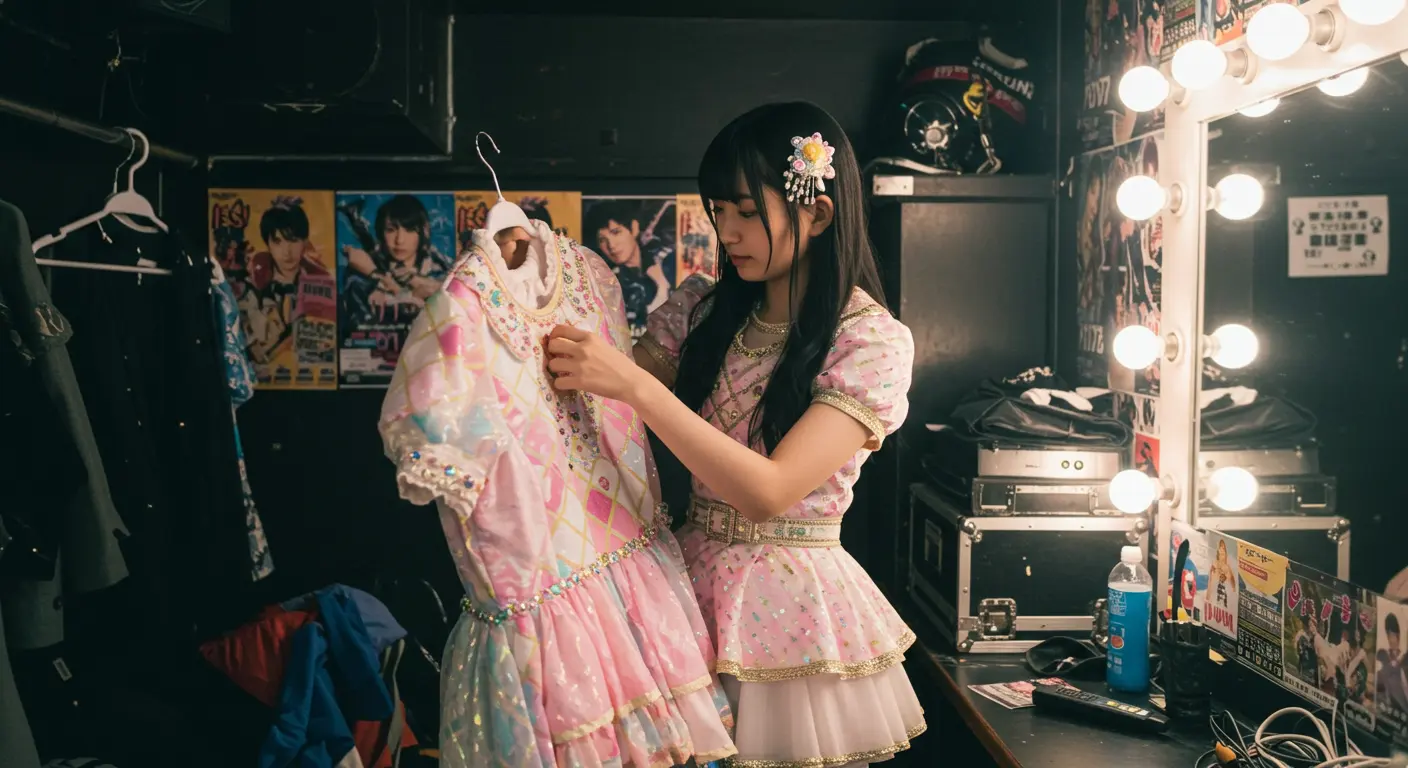
Where there’s light, there’s also shadow.
Many chika idols operate without solid management. Some aren’t paid.
They pay their own travel costs. They provide their own costumes. They run their social media solo.
This vulnerability breeds issues—fans getting too close, crossing lines.
Stalking. Online harassment. Burnout. Some idols spiral and quit altogether.
Still, many choose to keep going.
Because wanting to be an idol isn’t something you can just turn off.
That’s what makes this world beautiful—and dangerous.
Chasing Dreams Together with the Fans
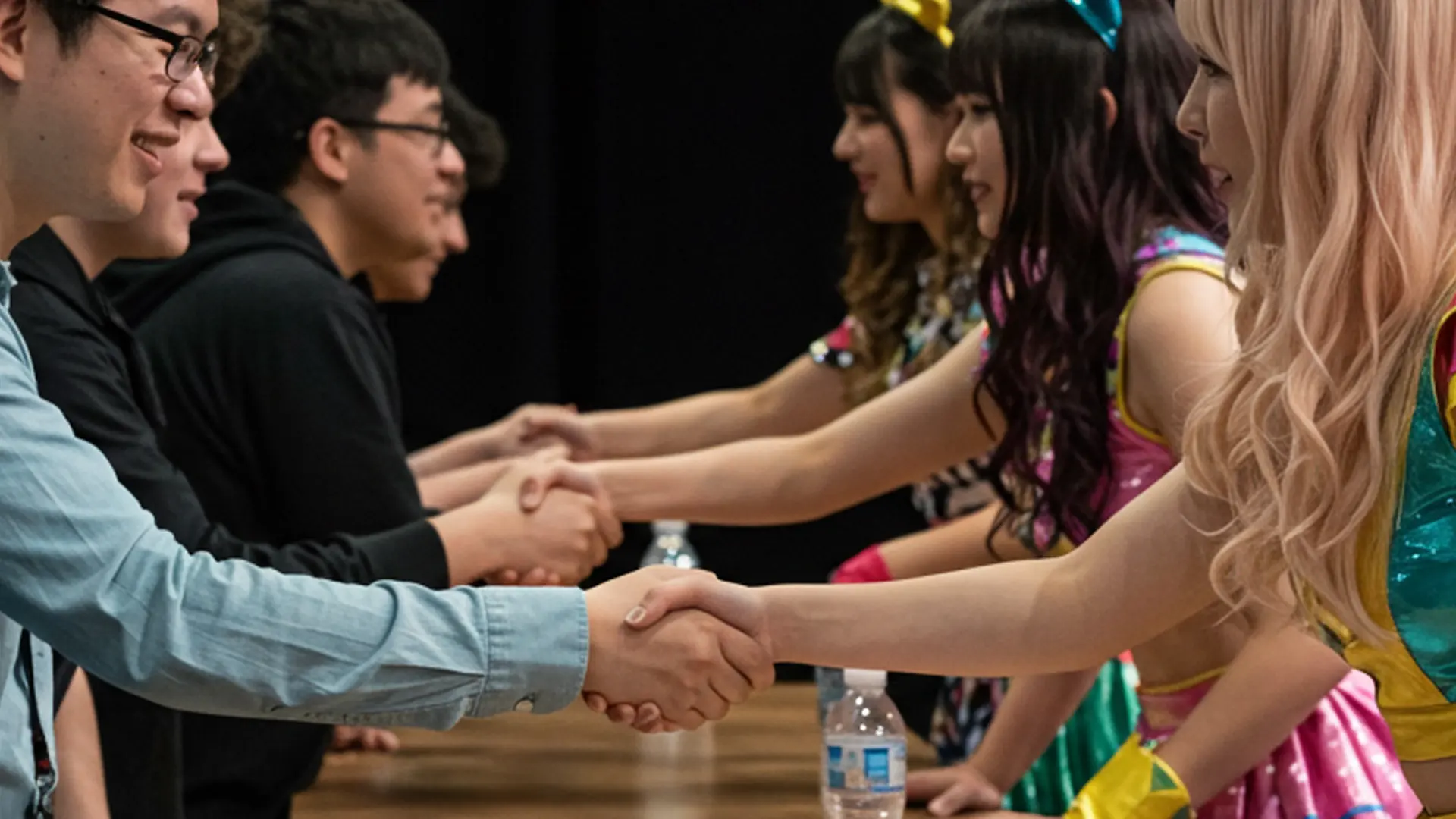
The bond between a chika idol and her fans isn’t a one-way street. It’s more like a team—chasing a dream together.
Fans get to witness growth firsthand, sometimes even give tough love, all while standing by their idol’s side.
They’re not just an audience—they’re collaborators, comrades.
“I want to see my oshi make it to Zepp” is a common phrase.
Because that’s the goal: watch them rise, step by step.
And that journey? It’s youth, raw and shared.
The Wall of Zepp—A Symbol of Dream Thickness
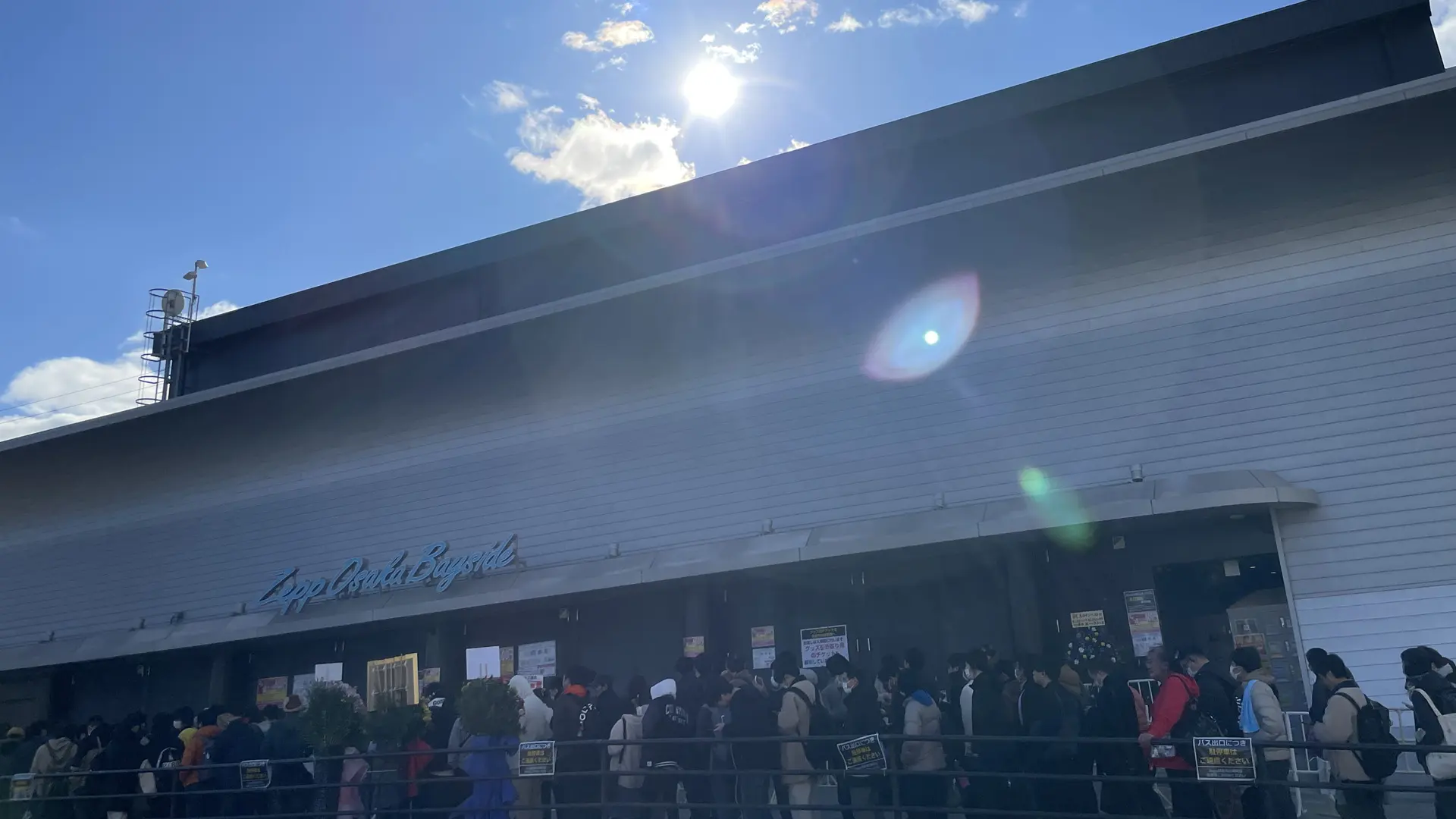
That sweaty girl from the basement live house… standing now on Zepp’s grand stage.
Zepp is a well-known chain of large live venues across Japan, with capacities between 1,000 and 2,000. For many chika idols, it represents a key turning point—a gateway to the major scene.
But the Zepp wall is high.
You need numbers, buzz, a real support system.
Reaching it means you’ve proven yourself in a world that runs on metrics.
When fans see their oshi’s poster on a Zepp wall after a show,
it’s not just paper.
It’s the weight of a shared journey, and the beginning of a new story.
RAW JAPAN Comment
Chika idol culture is raw, fragile, and deeply human.
No glitz, no mass-market spectacle—just real people showing up for each other.
Idols who want to live their dream, and fans who want to help them get there.
Writing this, we found ourselves wanting to know more. Wanting to feel more.
And that’s the true power of the chika idol world:
It pulls you in—before you even notice.
Born in the Heisei era, but spiritually from Showa. Obsessed with kissaten coffee shops, retro records, and suspiciously charming backstreets. Just a guy in his early 20s documenting Japan’s everyday weirdness—one slow groove at a time.
